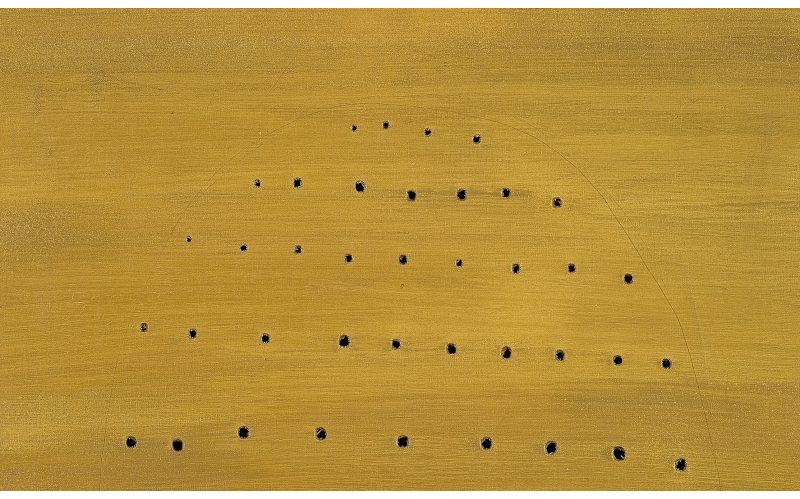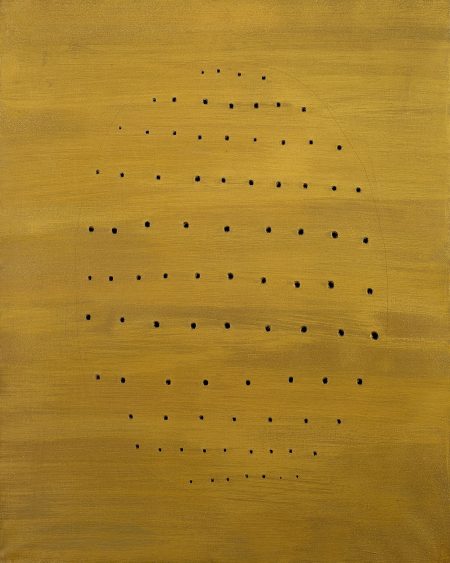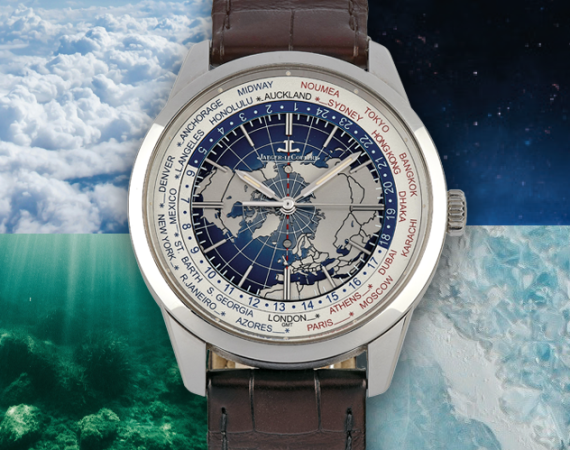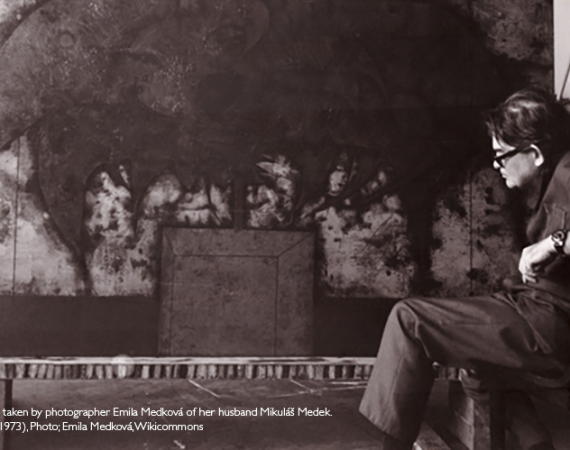
Between space exploration euphoria and sacred transcendence: Lucio Fontana’s Concetto Spaziale from 1966 is a highlight of Dorotheum’s spring auction.
Lucio Fontana’s work emerged at a time of enormous challenges and ideological contradictions, but also of pivotal technological discoveries and innovations. The Second World War had just ended and the Cold War, with its nuclear threat, loomed. It was in this context of a world in ashes waiting to be rebuilt – coupled with a faith in progress and technology – that Fontana developed Spatialism as an artistic concept.

From the outset, his approach centred on conceiving space in a new way. Works in this vein aimed to renew and revive the artistic idiom, adapting it to the achievements of science and the general progress of mankind. Art would no longer be constrained by the limitations of canvas and matter; it would transcend boundaries, open itself up to the unknown. Fontana created his first spatial concepts, or Concetti Spaziali, in 1949. The works are characterised by the presence of small holes, cavities, sometimes also slits and larger tears introduced into the material with his famous punzón. The slashing and puncturing radically disrupts the plane of traditional painting in an apparently iconoclastic gesture, when in fact it is the result of a long, deliberate process that effectively banishes the element of chance. As a result, the act, which could be described as spiritual and reflective, bears no resemblance to the modus operandi of contemporary movements such as Abstract Expressionism or certain strains of Informalism; it has nothing of their vehemence. And yet it also manages to liberate the artform from a centuries-old tradition that kept the canvas to a strict regime of two-dimensional flatness. Fontana’s puncturing of the surface sparks a dynamic interaction between the artwork and the viewer, but first and foremost between the artwork and its surroundings. These are pieces created during the mature period of the Italian-Argentine painter, but above all during the years of the “Space Race” between the United States and the Soviet Union. The Concetto Spaziale seen here was executed five years after the initial space adventures of the Soviet cosmonaut Yuri Gagarin and just three years before the moon landing, at a truly unique time in human history. The work shows the artist’s enthusiasm for this new way forward – for the breakthrough into the infinity of space.
Another key aspect lies in Fontana’s chosen colour scheme: ducat gold. Many cultures have long associated the colour with holiness, incorruptibility and immortality; it is synonymous with divine light and transcendence. On the one hand, the canvas presents itself to the viewer as a secular altarpiece; on the other, the rhythmically arranged holes seem to follow an almost mathematical pattern, harmoniously expanding and widening towards the centre. It is as if Fontana’s Concetto Spaziale were beckoning us to a new, other- worldly dimension – and beyond, to the unexplored future.
Alessandro Rizzi is Specialist for Modern and Contemporary Art at Dorotheum, where Adriano Blarasin works as an art historian.
AUCTION
Contemporary Art, 24 May 2023, 6 pm
Palais Dorotheum, Dorotheergasse 17, 1010 Vienna
20c.paintings@dorotheum.at
Tel. +43-1-515 60-358, 386











